Pulmonary disorders
Pulmonary disorders include
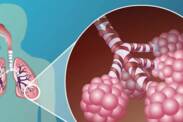
Pulmonary disease
Chronic obstructive pulmonary disease is a disease of the lung tissue. Various insults, most often cigarette smoke, are involved in its formation. The disease develops over a long period of time, with lung damage persisting with a tendency to progress. It cannot be cured, the treatment is only supportive.

Coronavirus - COVID-19
What is a coronavirus and what about COVID-19? A virus that causes acute respiratory disease.
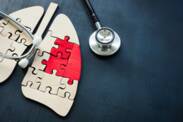
Lung cancer
What is lung cancer? How do the lungs work? Do you know the symptoms of lung cancer?
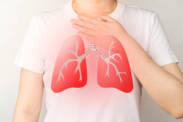
Pneumonia
Pneumonia is an inflammatory disease characterized by lung tissue damage. Depending on the origin of the disease, this inflammation can take both an infectious and a non-infectious form.

Pneumothorax
Pneumothorax means the intrusion of air into the pleural cavity of the chest. It leads to the collapse of the lungs and impaired breathing. Why does pneumothorax occur and how does it manifest itself? How to give first aid?
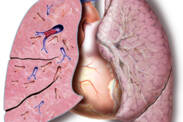
Pulmonary embolism
Pulmonary embolism (PE) is an acute condition in which blood vessels in the lungs become clogged. The most common cause is thromboembolic disease. A blood clot is released and travels through the vessels as an embolus. It clogs vessels. The massive form of PE is life-threatening.
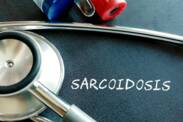
Sarcoidosis
Sarcoidosis is the name for a rare disease affecting various organ systems. Why does this rare disease occur and what symptoms characterize it?
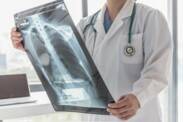
Tuberculosis of the lungs - TB
Tuberculosis is one of the most feared infectious diseases. It mainly affects the lungs. How does it manifest itself? What are its causes? What is the contagiousness of tuberculosis and how is it transmitted?









